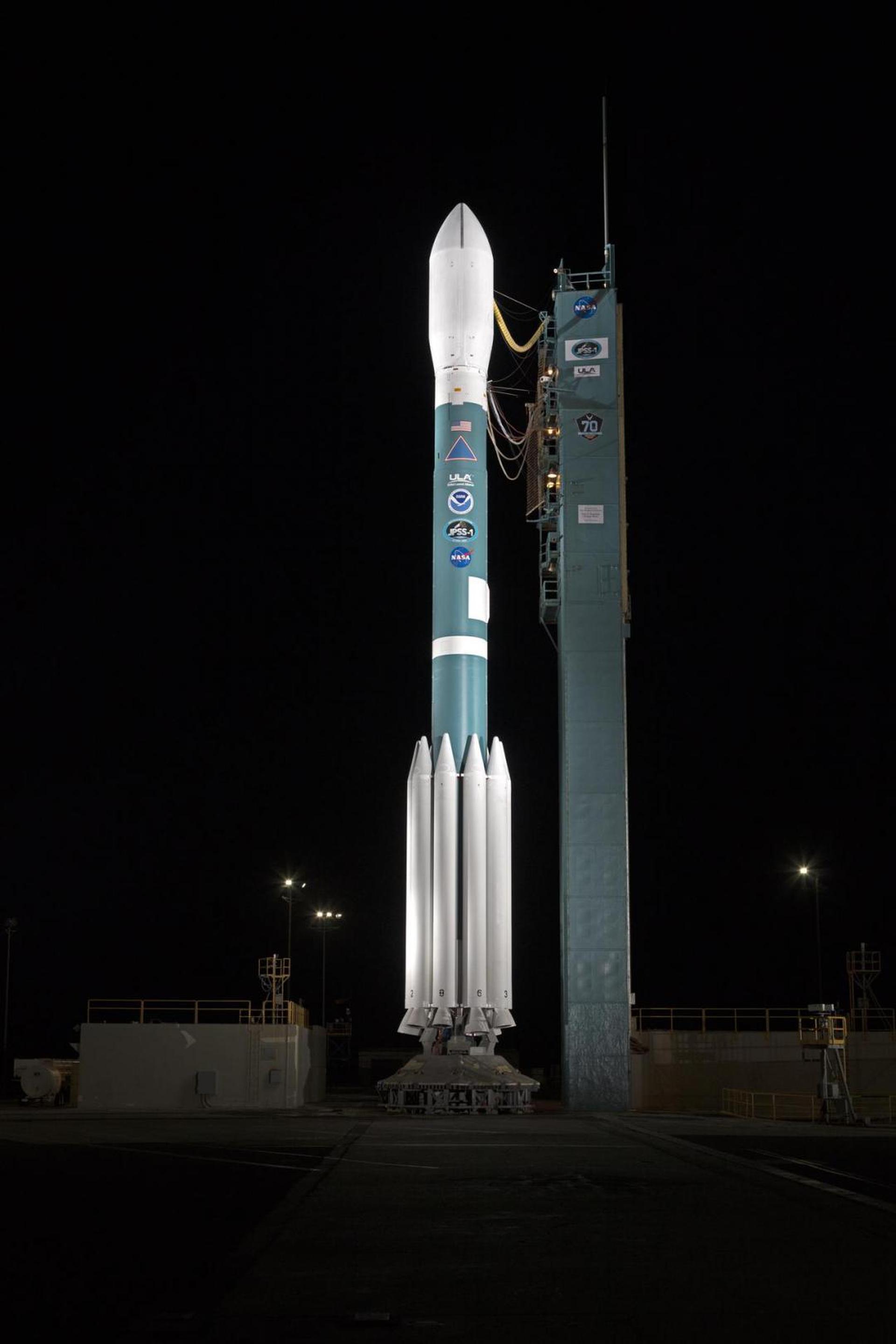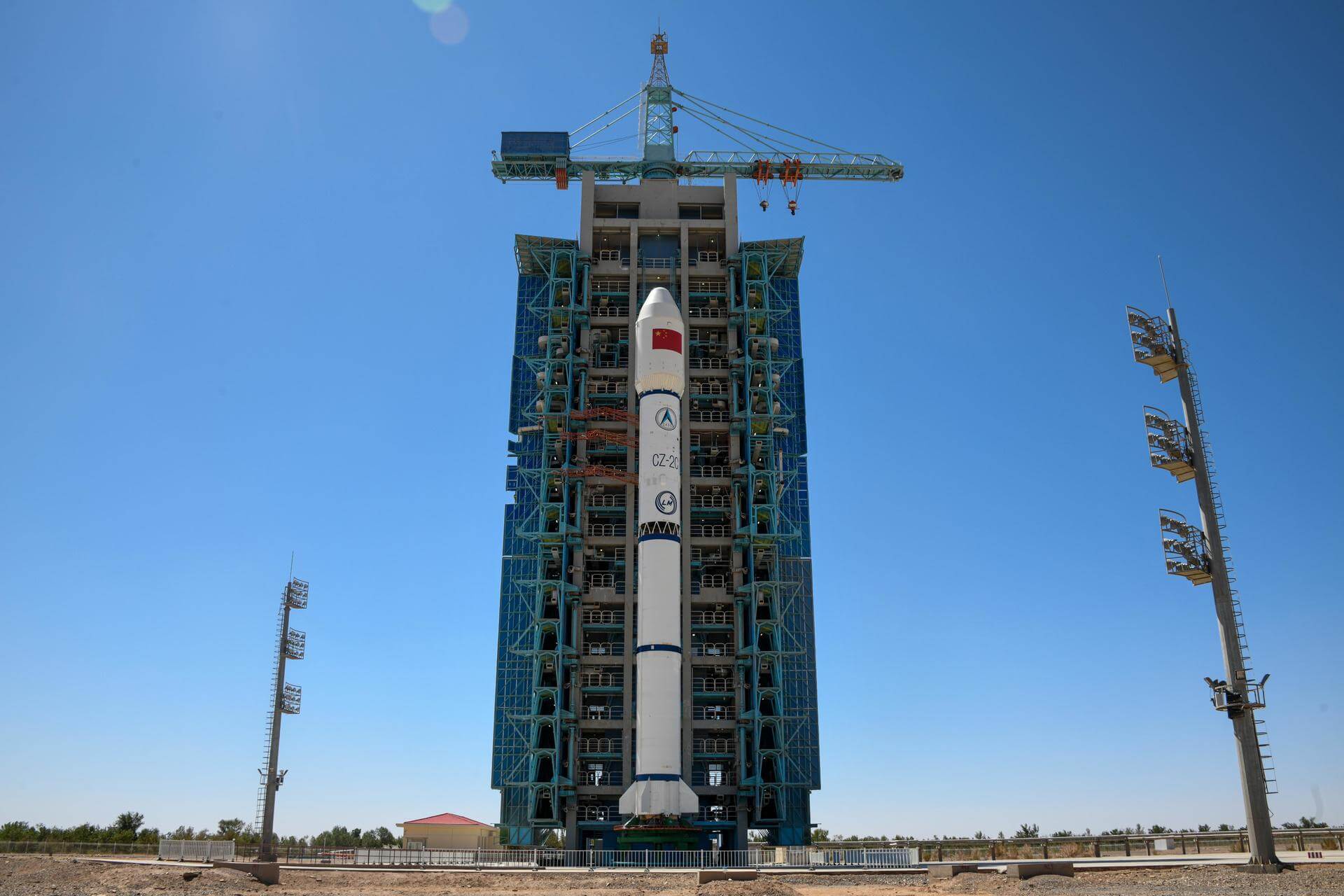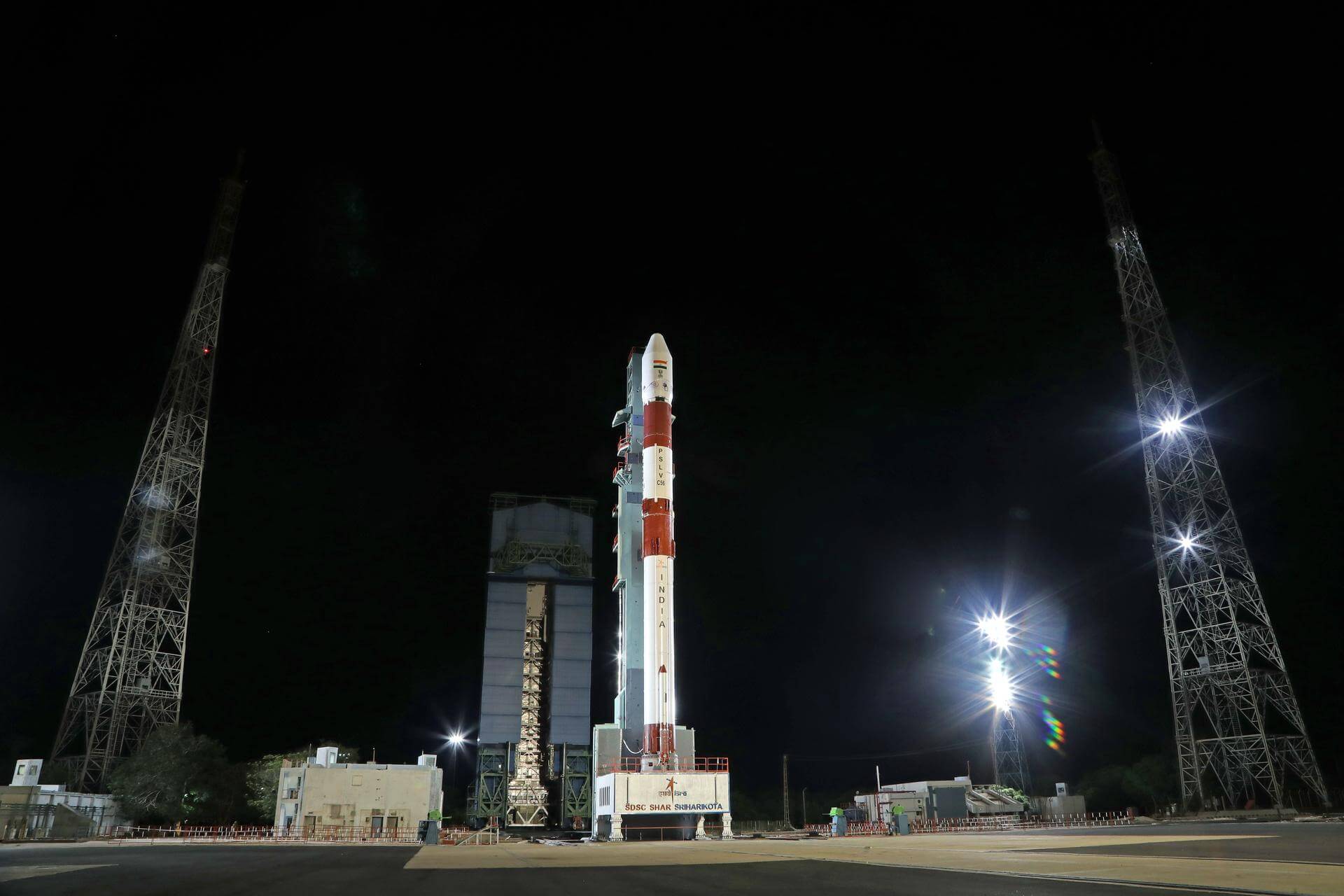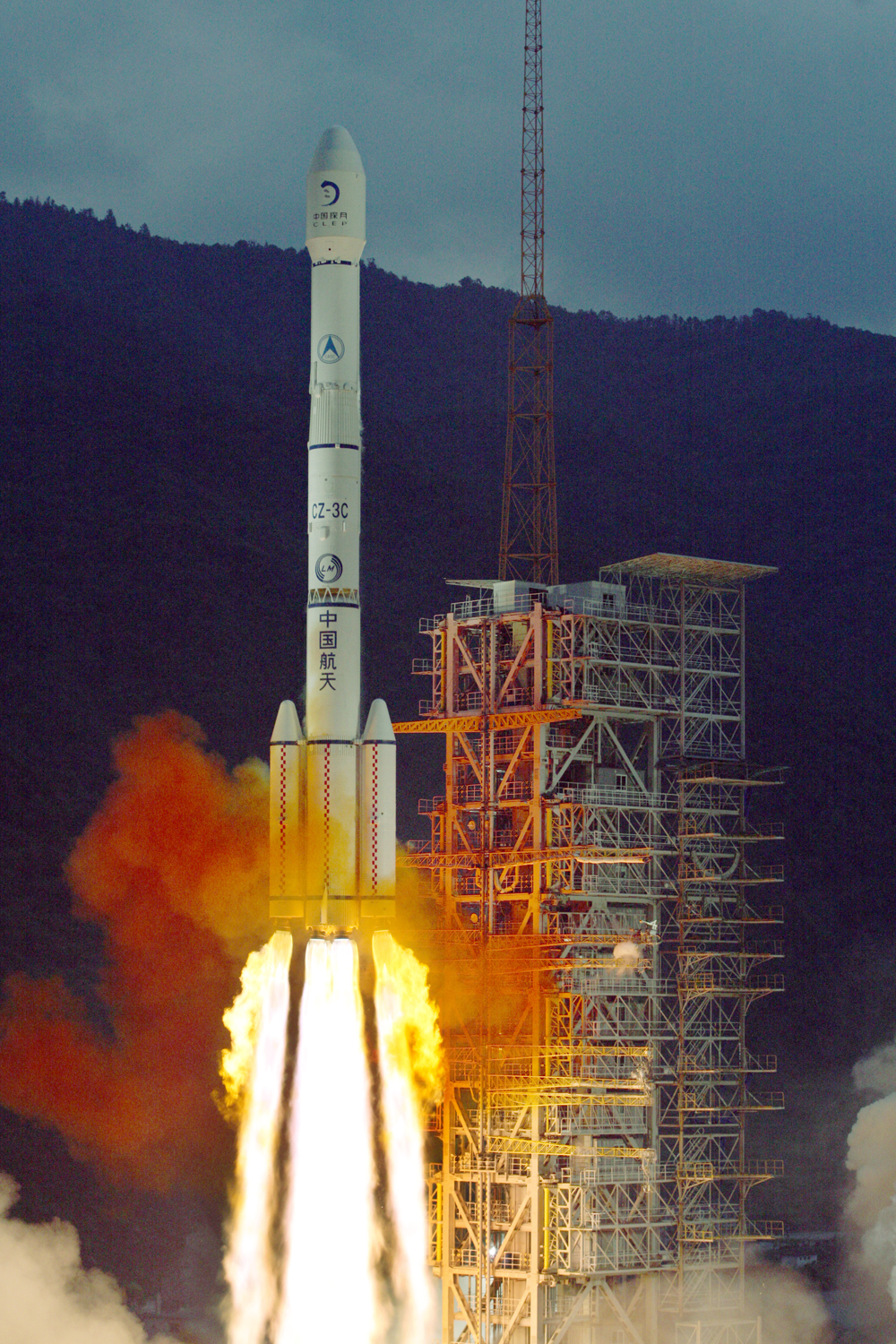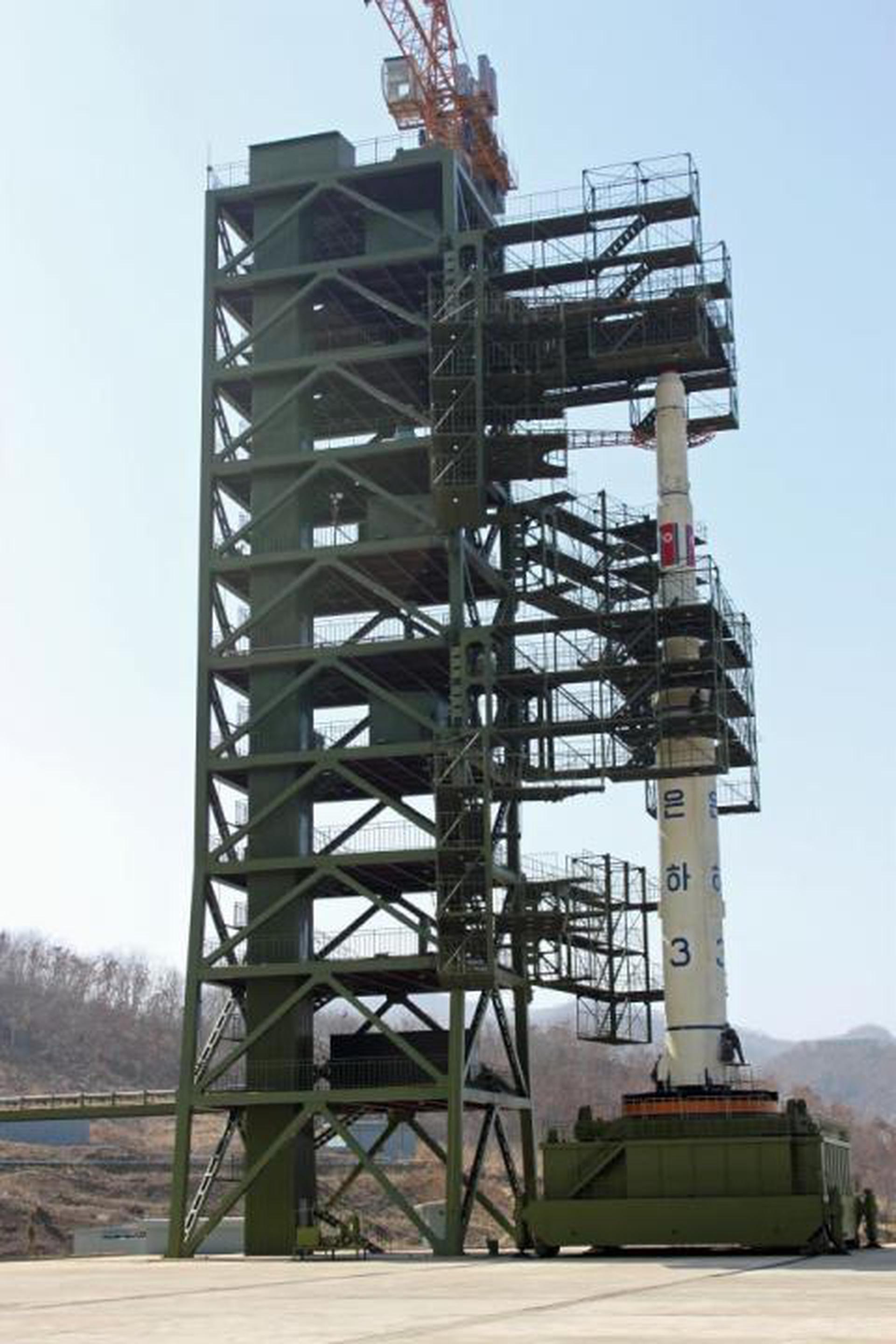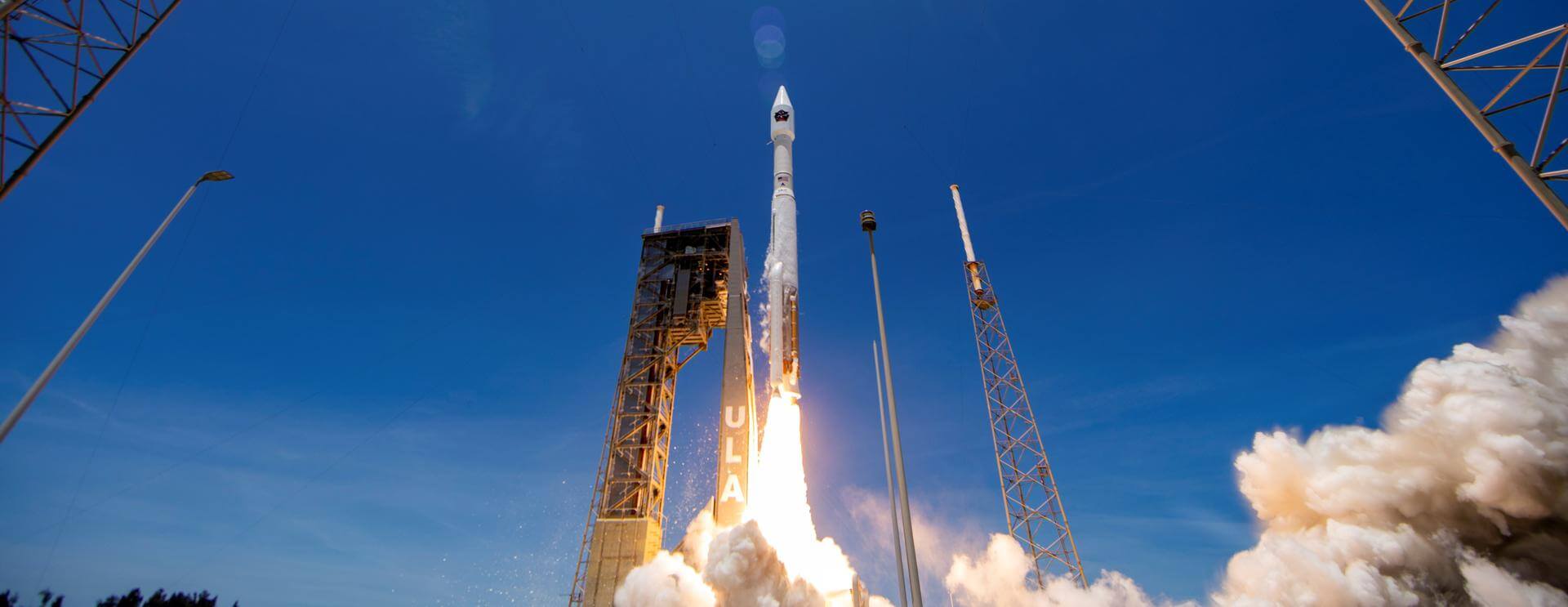Previous Spaceflight Launches
Filter by Agency, Locations or Vehicles
Show All LaunchesSpace Shuttle Atlantis / OV-104 | STS-125
National Aeronautics and Space Administration | United States of AmericaKennedy Space Center, FL, USA
May 11, 2009, 6:01 p.m.
Status: Launch Successful
Mission:
STS-125, or HST-SM4 (Hubble Space Telescope Servicing Mission 4), was the fifth and final space shuttle mission to the Hubble Space Telescope (HST). Space Shuttle Atlantis carried two new instruments to the Hubble Space Telescope, the Cosmic Origins Spectrograph and the Wide Field Camera 3. The mission also replaced a Fine Guidance Sensor, six gyroscopes, and two battery unit modules to allow the telescope to continue to function at least through 2014. The crew also installed new thermal blanket insulating panels to provide improved thermal protection, and a soft-capture mechanism that would aid in the safe de-orbiting of the telescope by an unmanned spacecraft at the end of its operational lifespan.
Low Earth OrbitSoyuz U | Progress M-02M
Russian Federal Space Agency (ROSCOSMOS) | RussiaBaikonur Cosmodrome, Republic of Kazakhstan
May 7, 2009, 6:37 p.m.
Delta II 7920-10C | STSS-ATRR/GMD (USA-205)
United Launch Alliance | United States of AmericaVandenberg SFB, CA, USA
May 5, 2009, 8:24 p.m.
Soyuz-U-PVB | Yantar-4K2M 5
Progress Rocket Space Center | RussiaPlesetsk Cosmodrome, Russian Federation
April 29, 2009, 4:58 p.m.
Long March 2C | Yaogan Weixing 6
China Aerospace Science and Technology Corporation | ChinaTaiyuan Satellite Launch Center, People's Republic of China
April 22, 2009, 2:55 a.m.
Zenit 3SL | SICRAL 1B
Sea Launch | RussiaSea Launch
April 20, 2009, 8:15 a.m.
Status: Launch Successful
Mission:
Sea Launch successfully delivered Intelsat's Galaxy 19 satellite to orbit on September 24, 2008, in a flawless mission. The first signal from the satellite was acquired at the Hartebeesthoek ground station immediately after spacecraft separation. Weighing 4,690 kg (10,340 lbs), this high-power C-band and Ku-band satellite will provide communications services to customers throughout the United States, Canada, Mexico and the Caribbean islands.
Geostationary Transfer OrbitPSLV | RISAT-2
Indian Space Research Organization | IndiaSatish Dhawan Space Centre, India
April 20, 2009, 1:15 a.m.
Long March 3C | Beidou DW 2
China Aerospace Science and Technology Corporation | ChinaXichang Satellite Launch Center, People's Republic of China
April 14, 2009, 4:16 p.m.
Unha | Kwangmyongsong-2
Korean Committee of Space Technology | North KoreaTonghae Satellite Launching Ground
April 5, 2009, 2:30 a.m.
Atlas V 421 | WGS-2
United Launch Alliance | United States of AmericaCape Canaveral SFS, FL, USA
April 4, 2009, 12:31 a.m.


